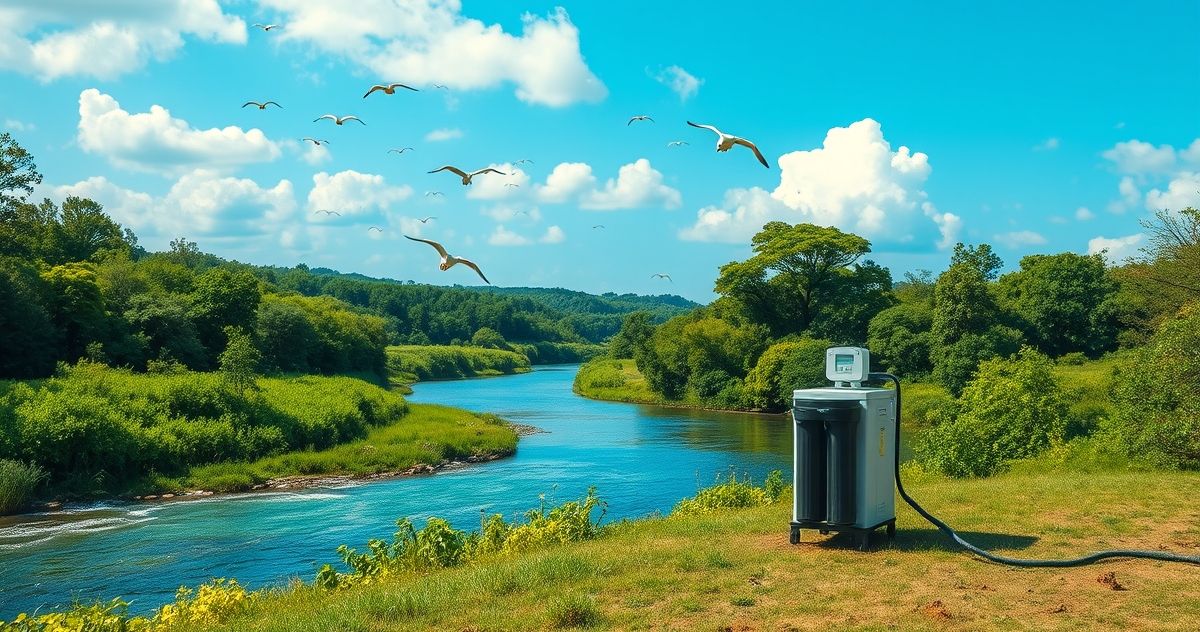Understanding the Clean Water Protection Tax Credit
The Clean Water Protection Tax Credit is an incentive program designed to encourage businesses and individuals to engage in activities that preserve, enhance, and protect water quality. This tax credit is part of a broader effort to ensure that water resources are maintained for future generations, addressing both environmental and economic concerns and benefiting entities involved in qualifying conservation initiatives.
What It Is and Its Primary Purpose
The Clean Water Protection Tax Credit provides tax relief to those who invest in water conservation projects or practices. These projects may include pollution control measures, investments in sustainable infrastructure, or other initiatives that effectively manage water resources and mitigate environmental impact.
The primary purpose of this tax credit is to reduce financial barriers for those willing and able to contribute to water protection efforts. It serves both as an incentive to engage in environmentally beneficial activities and as a supportive measure for entities incurring costs related to compliance with environmental regulations.
Key Features or Components
- Eligibility Criteria: Businesses and individuals must meet specific criteria to qualify for the credit. This typically involves demonstrating that funded projects have a direct, positive impact on water quality.
- Qualifying Activities: Eligible actions can include the installation of water filtration systems, adoption of best management practices in agriculture that reduce runoff, and development of infrastructure projects that treat wastewater.
- Documentation Required: Applicants must provide detailed documentation supporting the environmental benefits of their projects, such as technical reports or assessments conducted by environmental experts.
- Credit Calculation: The credit amount is usually calculated based on the investment in qualifying activities, potentially covering a significant portion of the costs incurred.
Filing or Compliance Requirements
To claim the Clean Water Protection Tax Credit, taxpayers must adhere to specific filing requirements, which are designed to ensure the program’s integrity and effectiveness:
- Application Process: Taxpayers must submit an application to the relevant tax authority, detailing their qualifications and providing necessary documentation to verify the environmental impact of their projects.
- Claim Procedures: Claims must be filed as part of the annual tax return, using designated forms and schedules. Taxpayers should ensure accuracy in their applications to prevent delays or denials.
- Record Keeping: Maintaining thorough records of investments, project execution, and measurable impacts on water quality is crucial. These records may be required for audit purposes.
Penalties or Consequences for Non-Compliance
Failing to comply with the filing or record-keeping requirements associated with the Clean Water Protection Tax Credit can lead to several consequences:
- Denial of Credit: Inaccurate or incomplete documentation may result in the denial of credit claims.
- Penalties and Interest: If discrepancies are found, fines or interest charges may be imposed, depending on the jurisdiction’s regulations.
- Potential Audits: Non-compliance issues might trigger audits or reviews by tax authorities, leading to additional administrative burdens.
Importance in Tax Resolution and Financial Compliance
The Clean Water Protection Tax Credit holds significant importance in tax resolution and overall financial compliance:
- Financial Benefits: By reducing tax liability, this credit can improve cash flow and enhance a business’s bottom line, making it an attractive option for companies involved in qualifying activities.
- Promotes Sustainable Practices: The tax credit incentivizes environmentally sustainable projects, contributing to broader societal goals of environmental preservation and sustainable resource use.
- Supports Regulatory Compliance: Companies investing in water protection projects often find themselves in compliance with environmental laws and regulations, minimizing potential legal risks and fostering a positive public image.
In conclusion, the Clean Water Protection Tax Credit plays a pivotal role in encouraging and supporting businesses that are actively participating in the protection and conservation of water resources. By understanding and leveraging this credit, businesses can align their financial strategies with environmental goals, ultimately contributing to sustainable development and regulatory compliance.

